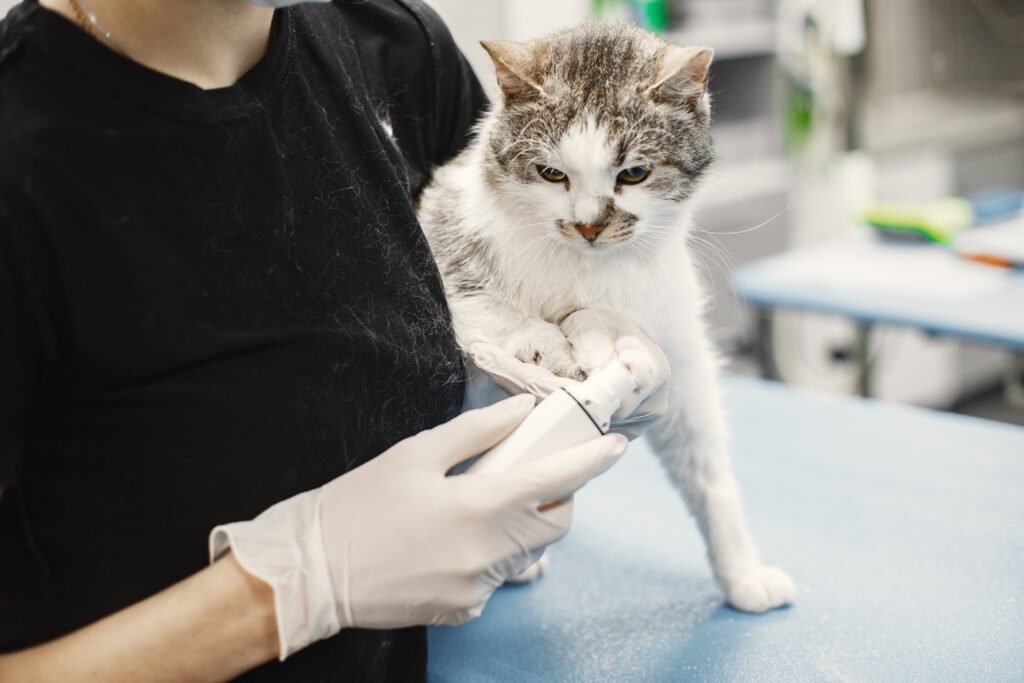
Ringworm is, despite the name, a fungus, which infects dogs, cats and any other living creatures (humans are not an exception!). This fungus may inhabit the skin, surfaces, brushes, towels, clothes, and any other things. It is highly contagious, so even if your pet has undergone an effective treatment, it remains infectious for approximately 3 weeks and may need multiple rounds of treatment.
The symptoms include:


The fungus can also be transmitted from animals to people and vice versa. Fortunately, people with the healthy immune system do not usually get affected by ringworms. On the other hand, children, the elderly, and people with the compromised immune system are highly sensitive to this type of fungi. Thus, they should not deal with a pet with ringworm.
In spite of the high contagiousness of ringworm, thankfully, it can be relatively easy to treat. If you suspect your pet is infected by ringworm, you should see your vet as soon as possible. They can diagnose ringworm and use their know-how to create an appropriate treatment plan to eliminate the infection.
The perfect therapy plan should include a combination of oral and topical anti-fungal treatments, such as the Sanocyn forte Solution. Sanocyn forte Skin Solution is a product for the safe, easy and efficient cleaning of your pet. The Solution effectively removes unwanted fungi, bacteria and viruses, while being alcohol-free and pH neutral. The successful treatment plan should also include quarantine. It is important to restrict your pet to a room that can be easily disinfected and is not accessible to kids and other pets. Furthermore, you should wear gloves while taking care of your pet and change your clothes after that. Treatment lasts from a couple of weeks to several months, depending on the severity of the infection.
Share this article: